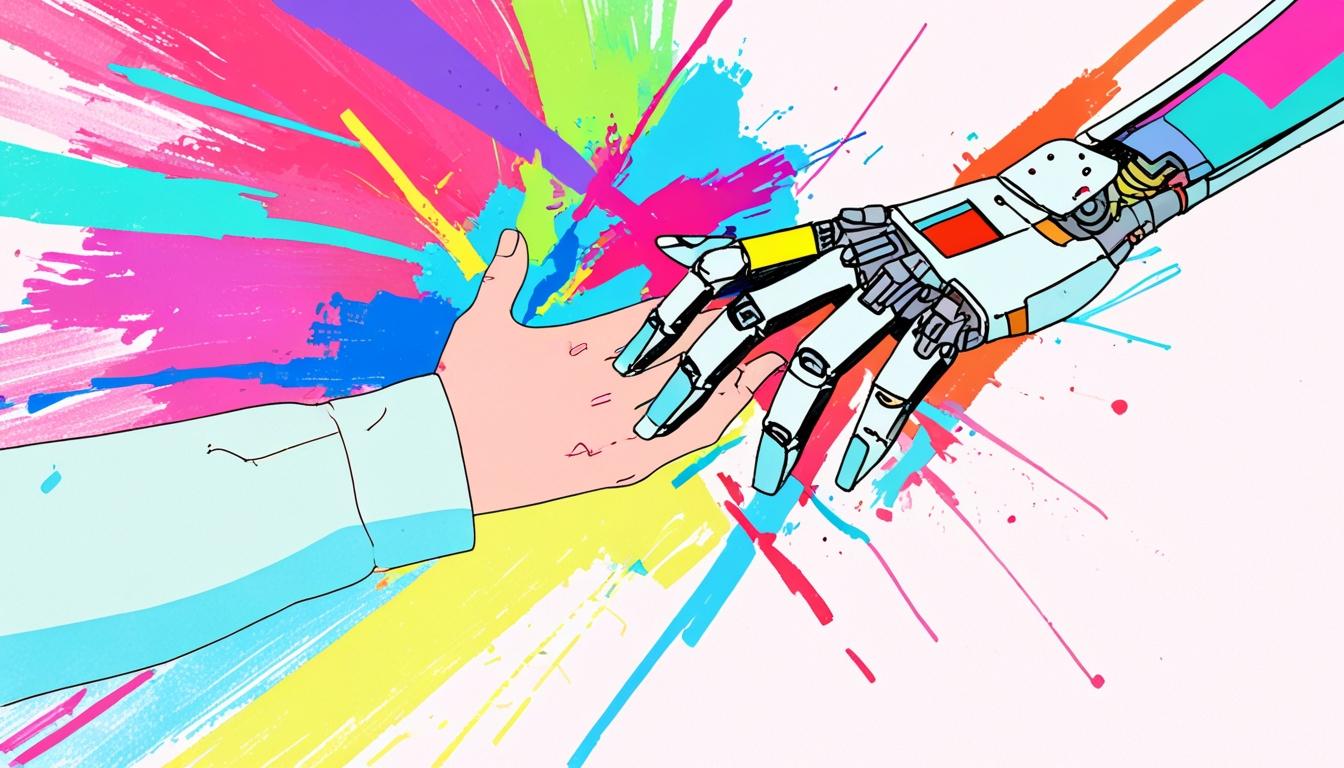Artificial intelligence has rapidly transitioned from a subject of speculation to a transformative force within contemporary art, reshaping traditional notions of creativity and authorship. Unlike previous technological advancements, which primarily served as methods of reproduction, A.I. actively engages in the creative process. This capability introduces a dynamic feedback loop where the machine can learn from data, respond to aesthetic inputs, and evolve in real-time, redefining the collaborative relationship between artist and machine as a dialogic rather than a directive one.
At the forefront of this revolution is Refik Anadol, whose immersive installations blend vast datasets with sophisticated A.I. algorithms to create emotionally engaging environments. Anadol interprets data not merely as a resource but as a "living, breathing material." His transformative projects, such as "Machine Hallucinations" and the upcoming Dataland—set to be the world's first A.I. arts museum—demonstrate A.I. as a creative partner rather than a tool. In his acceptance speech for the TIME100 AI Impact Award, he stated, “For as long as I can remember, I have imagined data as more than just information.”
Complementing Anadol's work is the Japanese collective teamLab, which has gained international acclaim for their interactive digital artworks. Their exhibitions evolve in real-time, responding to audience gestures and interactions, thereby blurring the lines between artists, viewers, and the artwork itself. This immersion challenges conventional art consumption, transitioning viewers from passive observers to active participants.
Holly Herndon further exemplifies this trend; she collaborates with an A.I. entity named "Spawn," trained on samples of her own voice. This partnership leads to the production of music that expands traditional concepts of authorship and creativity. Herndon's approach showcases how A.I. can generate unique stylistic responses that meld human influences with machine capabilities. As she insists, her journey involves co-creating with "Spawn" at every step, highlighting that collaboration is essential for exploring new artistic horizons.
Another notable figure is Krista Kim, whose 2020 project, Mars House, marked a significant milestone in the A.I. art scene as the first digital NFT home. This effort captivated audiences with its vision of a tranquil space for wellness, pushing the boundaries of how art and architecture can intersect in the digital realm. Mars House not only gained popularity among art enthusiasts but has also been referenced in architectural think tanks, furthering discussions on urban regeneration and spiritual well-being. As her concepts integrate into academic curricula, they signal a foundational shift in designing physical environments influenced by digital innovation and emotional design.
As the discourse surrounding A.I. and contemporary art evolves, questions surrounding authenticity become increasingly complex. When A.I. can replicate the styles of master painters, craft architecture, or compose music that seems indistinguishable from human-made works, we must grapple with what defines "authentic" art. Historical precedents suggest that technology, rather than undermining creativity, often inspires new movements—photography, for instance, did not diminish painting but propelled artists toward modernism.
The legal and ethical implications of A.I.-generated art have also entered the conversation, especially following the landmark sale of the A.I.-created Portrait of Edmond de Belamy for $432,500 at Christie’s in 2018. This sale ignited discussions about the value and ownership of A.I. artwork, indicating a broader market acceptance of machines as legitimate co-authors. It called upon the art world to address pressing issues related to copyright and authorship, necessitating new frameworks for understanding artistic contributions in this context.
However, concerns persist regarding the potential devaluation of human creativity and the risk of A.I. perpetuating formulaic art. Critics warn that heavy reliance on algorithmic processes might dull distinctiveness and novelty. Yet, historical trends in art suggest otherwise. Each new technological advancement prompts artists to explore unexplored avenues, fostering genuine innovation. A.I. not only integrates various spheres of knowledge—including art, science, philosophy, and technology—but also promotes unprecedented collaborative approaches, enriching cultural dialogues across disciplines.
As A.I. continues to generate works that transcend human cognitive limits, it is also essential to examine biases within the training data that influence outputs. While A.I. opens new creative landscapes, addressing these biases and intellectual property rights remains crucial to ensuring responsible integration into the cultural economy.
Cultural institutions are starting to acknowledge these challenges, as evidenced by initiatives like the Serpentine Galleries' Future Art Ecosystems, which aims to set new standards for co-authorship in A.I. art. Projects at venues like the ZKM Center for Art and Media also demonstrate an increasing commitment to incorporating ethical frameworks into A.I. exhibitions. These efforts underscore a growing recognition among artists and curators alike: navigating A.I. art entails not merely showcasing innovation but shaping its cultural significance and ethical implications.
Ultimately, viewing A.I. as a partner in artistic exploration rather than a rival offers a way forward. The collaborative potential inherent in A.I. allows artists to ask new questions about creation, focusing less on object curation and more on systems of interaction where human intuition meets machine logic. As this dialogue continues, the future of art stands at an exhilarating intersection of technological advancement and human creativity, waiting to be defined by those willing to embrace the unexpected.
Reference Map
- Paragraphs 1, 2, 3, 4, 5, 6, 7, 8, 9, 10
- Paragraphs 1, 2, 3
- Paragraphs 2, 3
- Paragraphs 4, 5
- Paragraphs 4, 5
- Paragraphs 4, 5
- Paragraph 8
Source: Noah Wire Services
